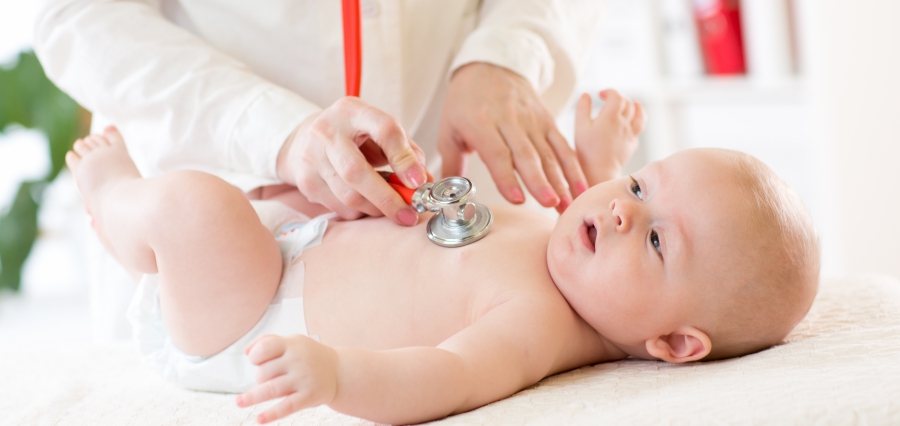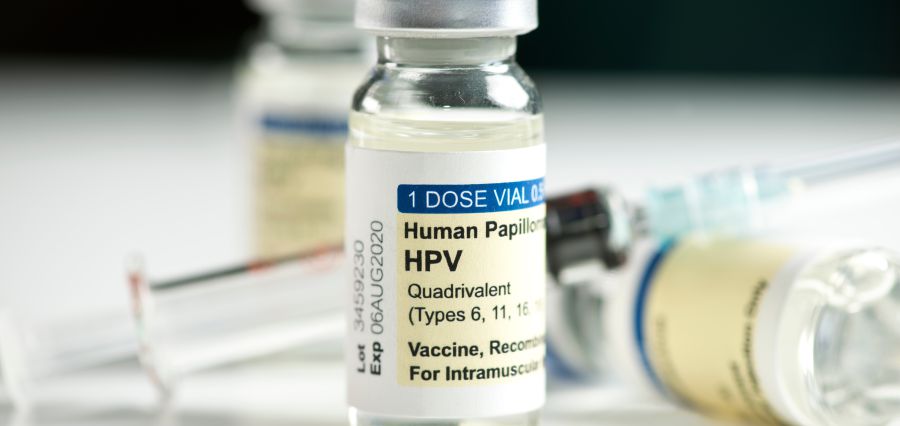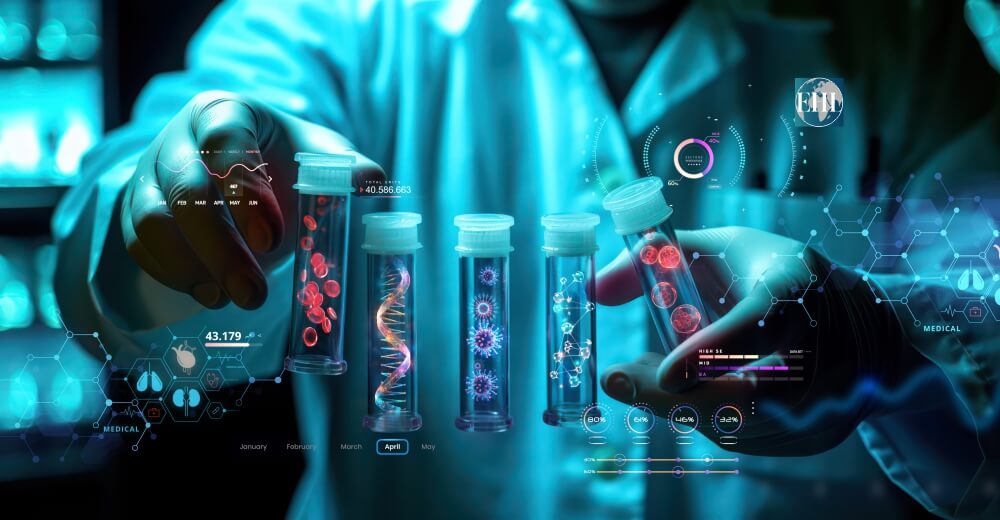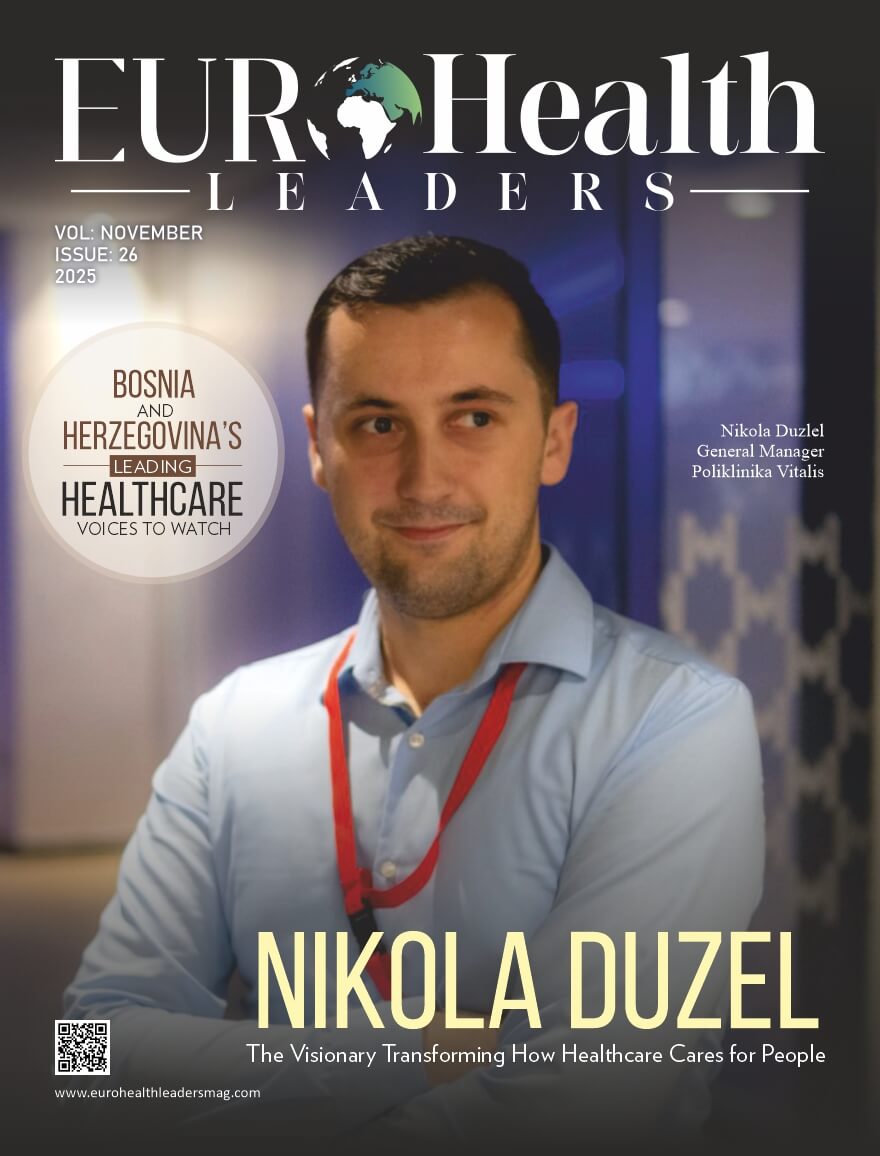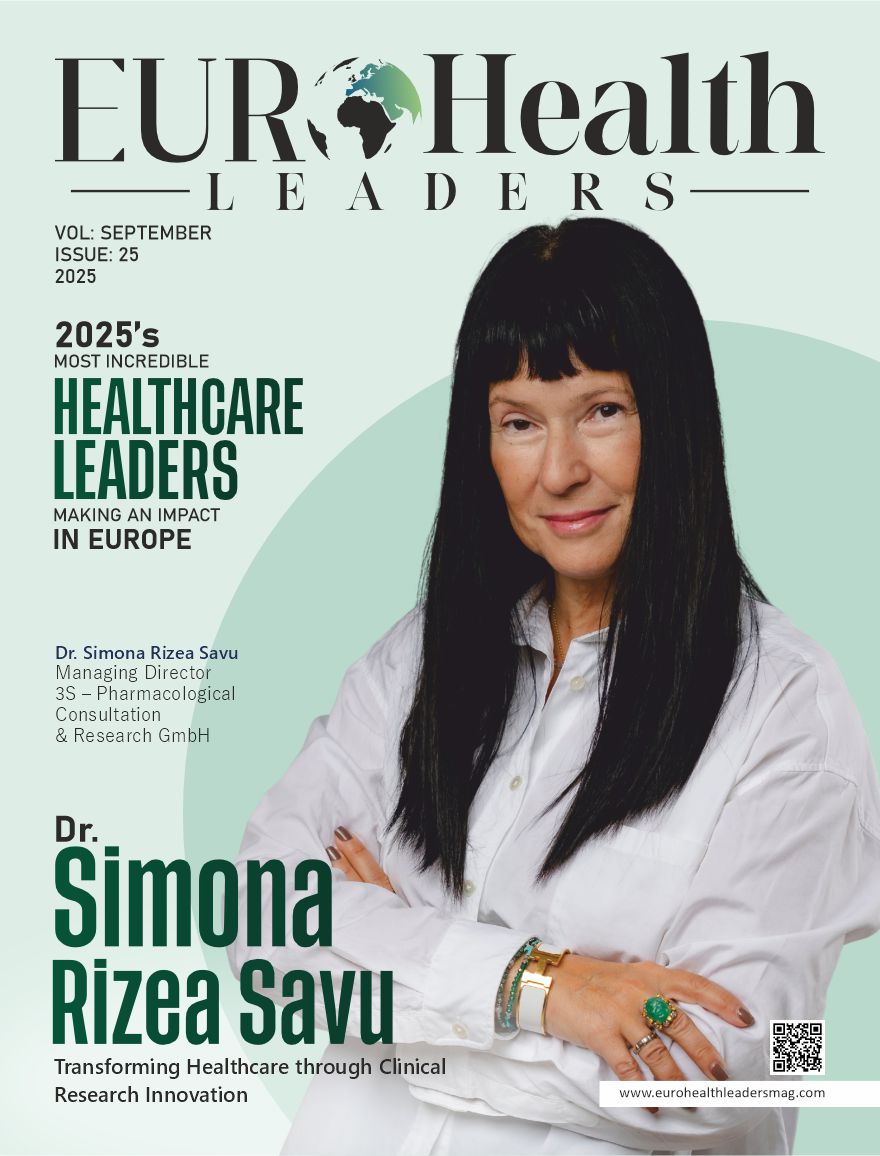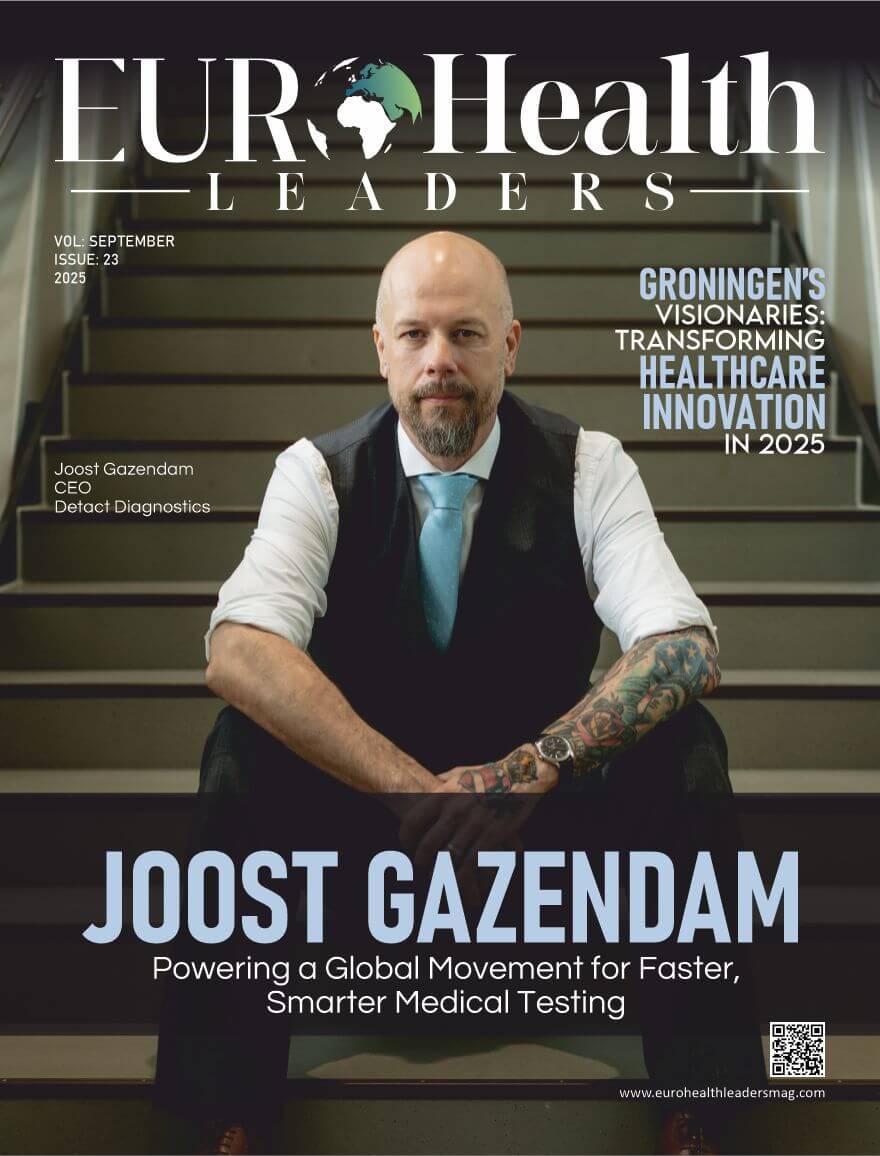Prime Highlights:
- Researchers have created a groundbreaking system to treat severe congenital diaphragmatic hernia (CDH) directly in the womb.
- The innovative approach could make treatment less invasive, increase survival rates, and reduce relapses.
Key Facts:
- CDH affects one in every 3,000 babies, causing abdominal organs to push into the chest and restrict lung development.
- The new treatment uses nanodiamonds to deliver growth-stimulating hormones to babies before birth, showing promising results in lab tests.
Key Background:
A new “sci-fi” treatment is offering hope to families of babies born with severe congenital diaphragmatic hernia (CDH), a rare and potentially fatal condition. Researchers have developed a system that delivers treatment directly to the baby while still in the mother’s womb.
CDH occurs when the diaphragm, the muscle between the abdomen and the chest, does not develop fully. This causes organs such as the stomach and bowel to protrude into the chest, and therefore, the lungs cannot grow well. At present, treatment involves careful surgery while the baby is still in the womb, but only about half of the babies survive.
Seventeen-month-old Amelia Turner was born with CDH and needed urgent surgery at Great Ormond Street Hospital. Her mother, Georgia Turner, described the diagnosis as a “complete whirlwind.” Amelia spent several months in intensive care and required a second surgery after the condition recurred.
Experts from GOSH, University College London, and KU Leuven in Belgium are working on new research that could change the way CDH is treated. The approach uses nanodiamonds to deliver a hormone called VEGF, which encourages lung growth. Tests on lab-grown mini-lungs and animal models have produced encouraging results.
Dr Stavros Loukogeorgakis, a surgeon on the team, explained that using nanodiamonds, 3D printing, and growth hormones before birth may seem like science fiction, but the study shows it can really work. Experts believe the treatment could be available to families within the next five years.
Georgia Turner welcomed the development, saying it provides hope for children with CDH and could prevent relapses like her daughter’s. With these advances, scientists are closer than ever to improving survival and recovery for babies born with this challenging condition.

